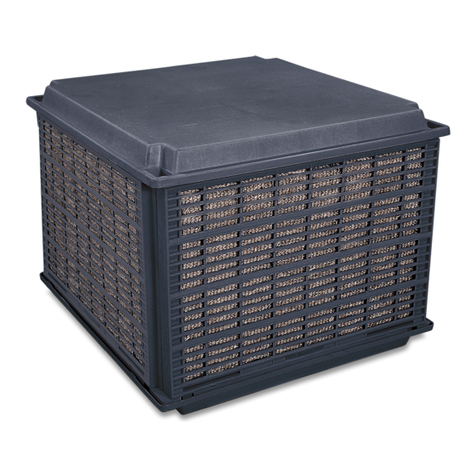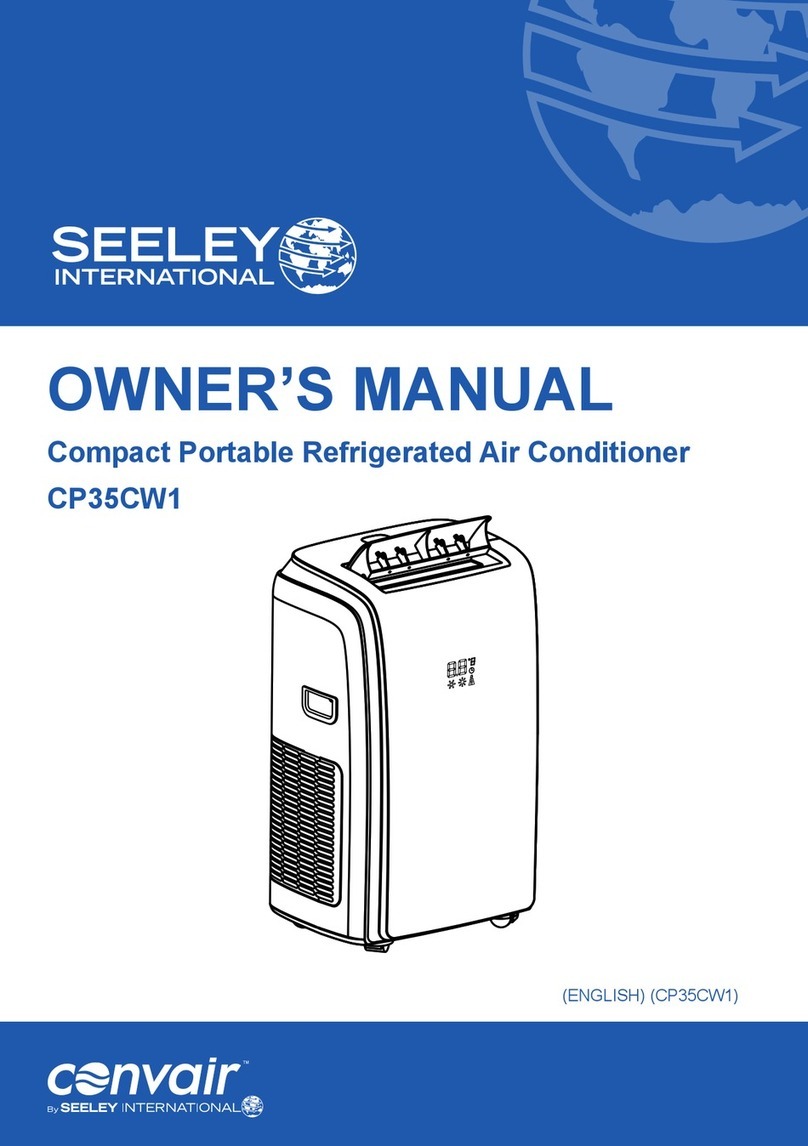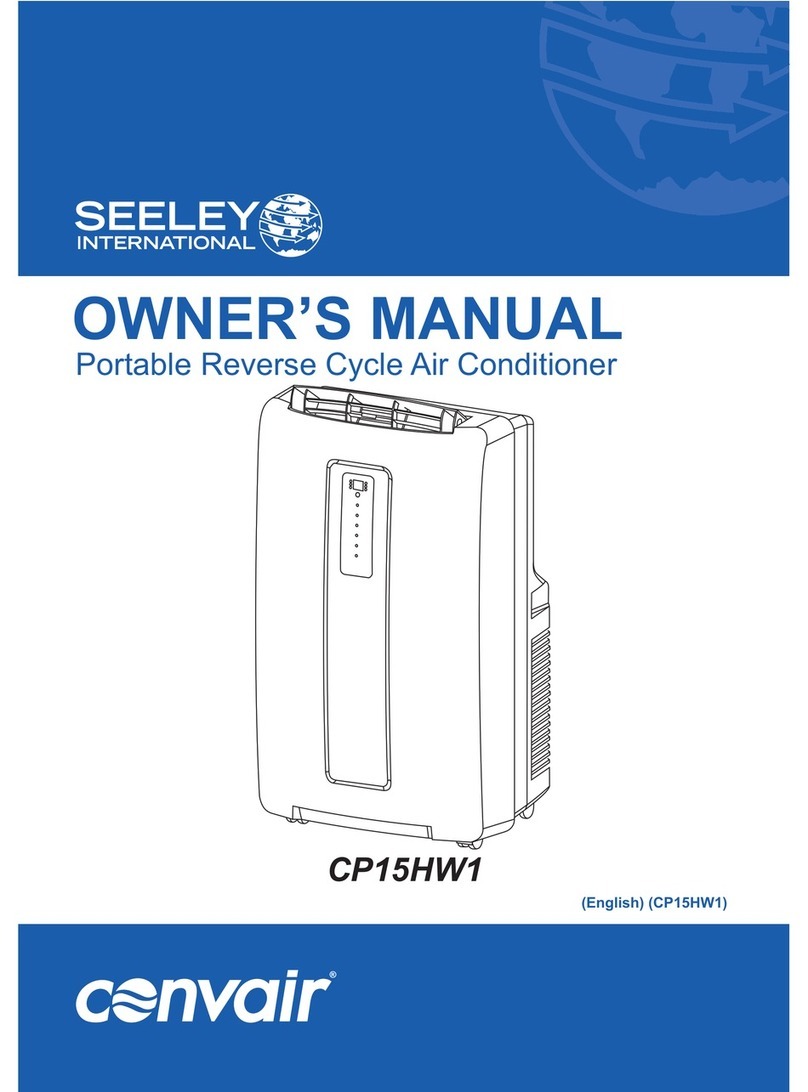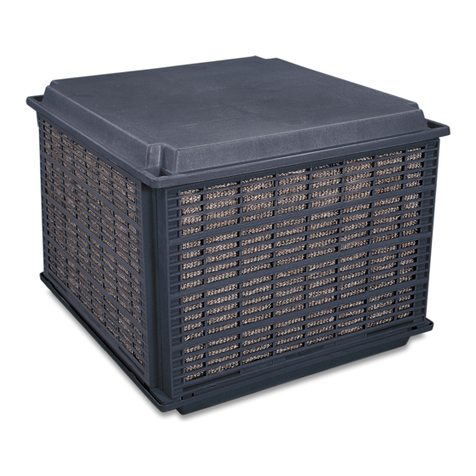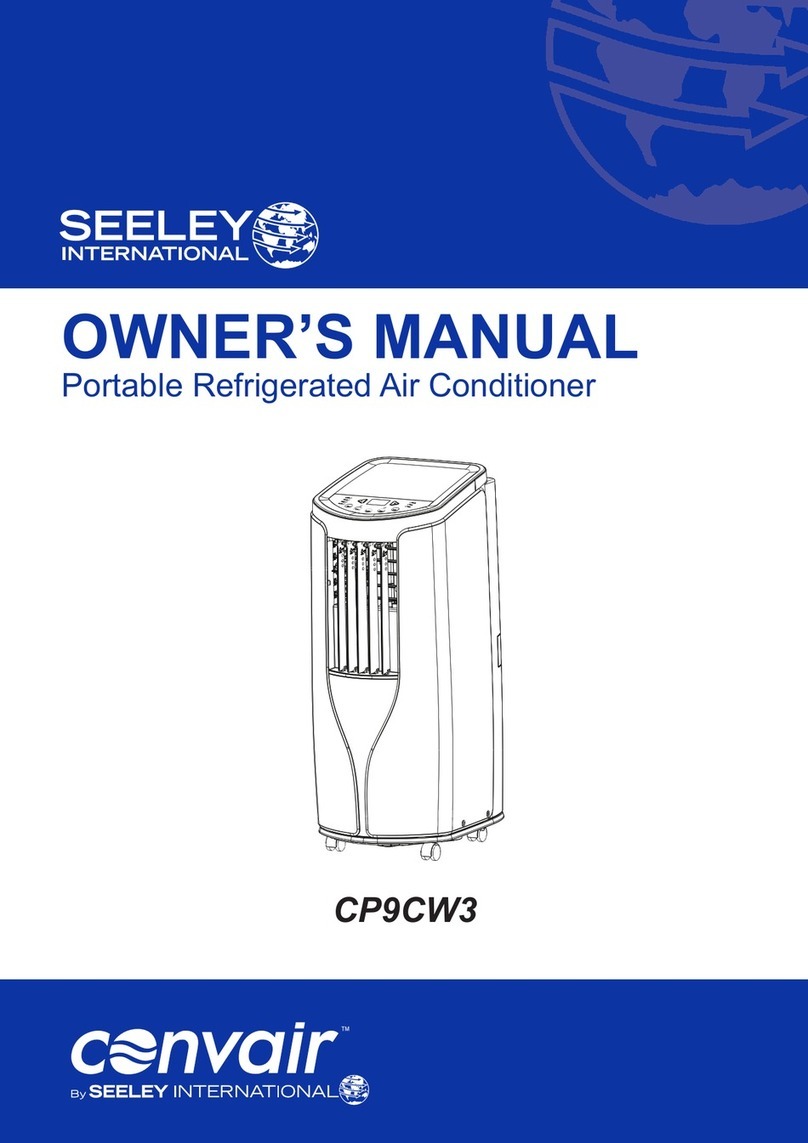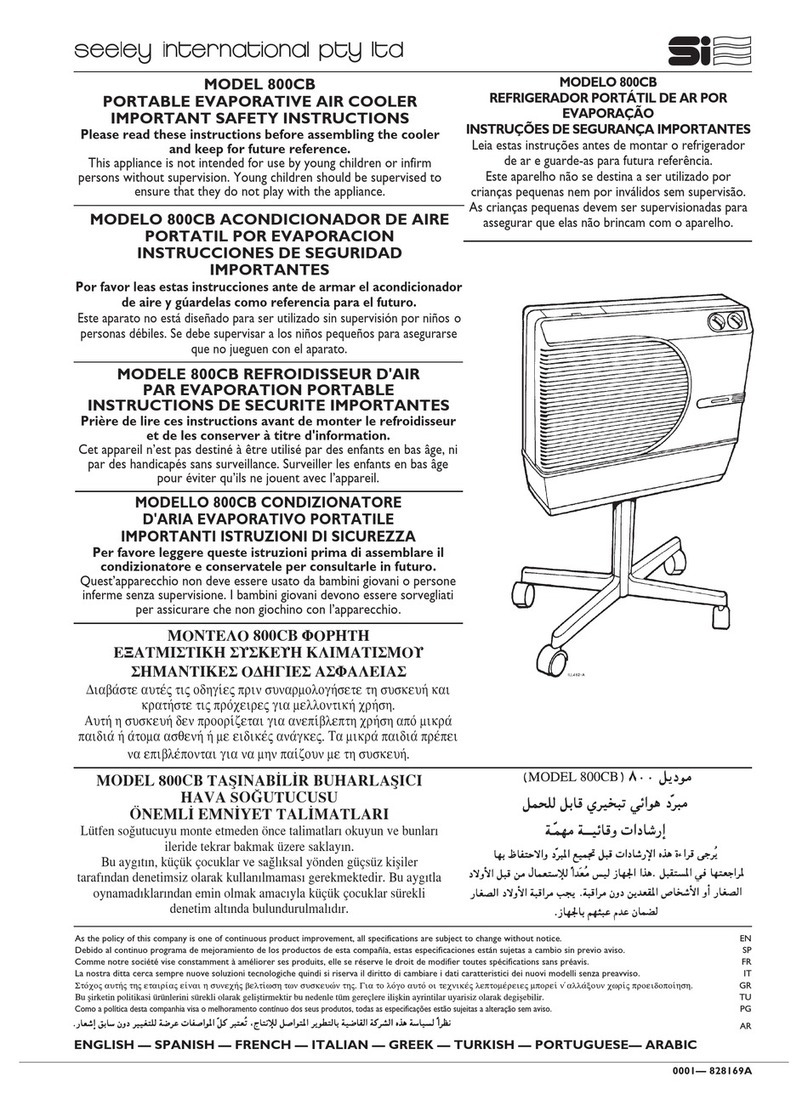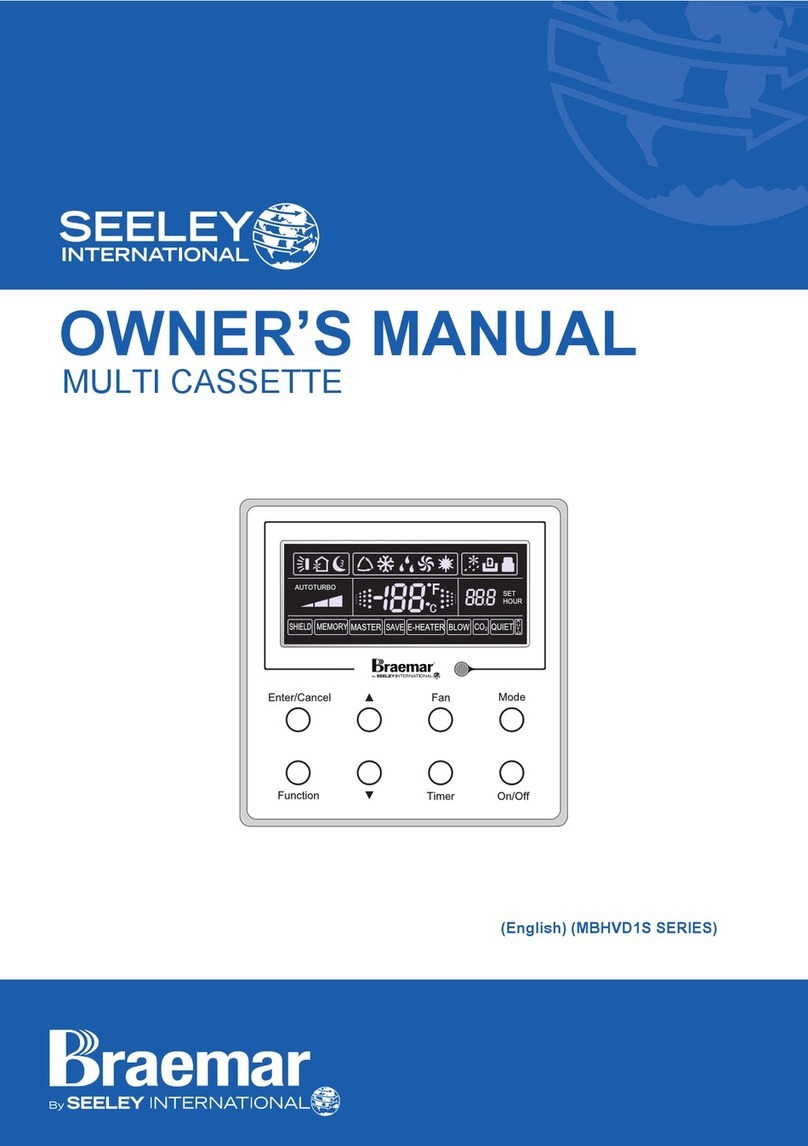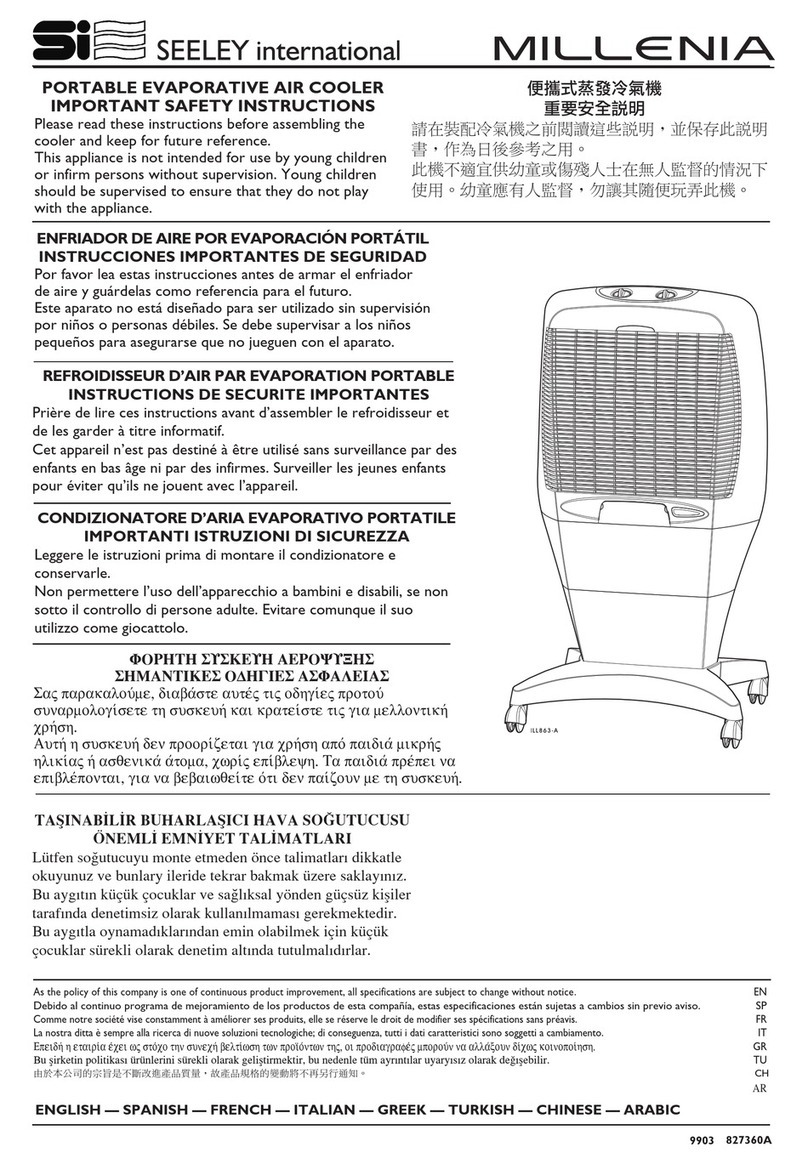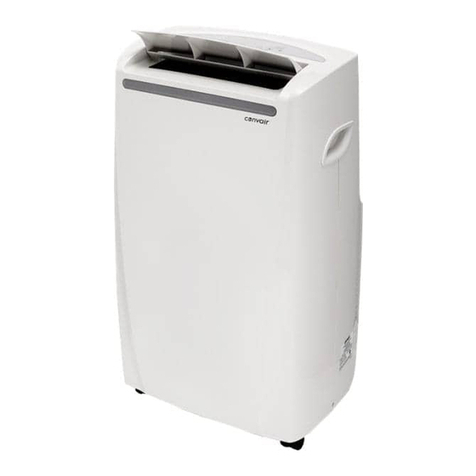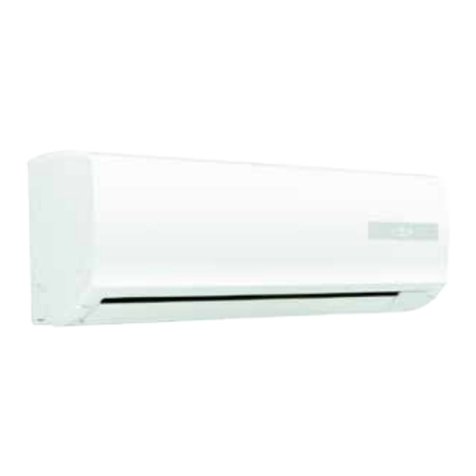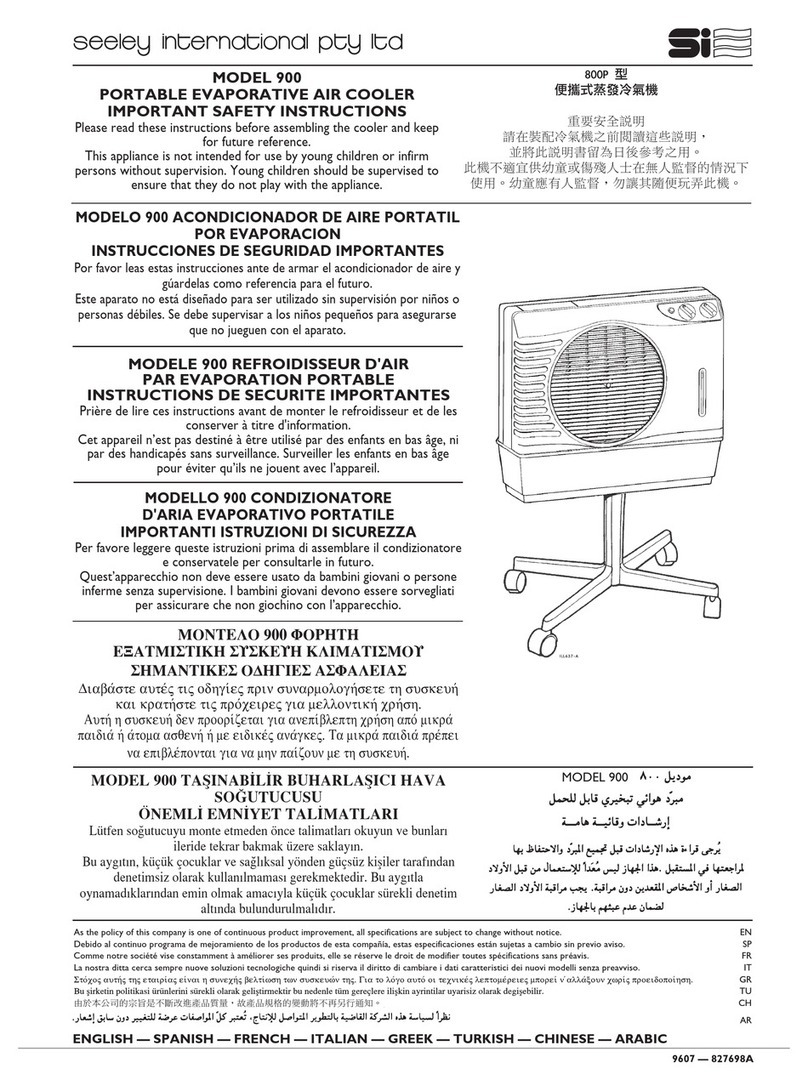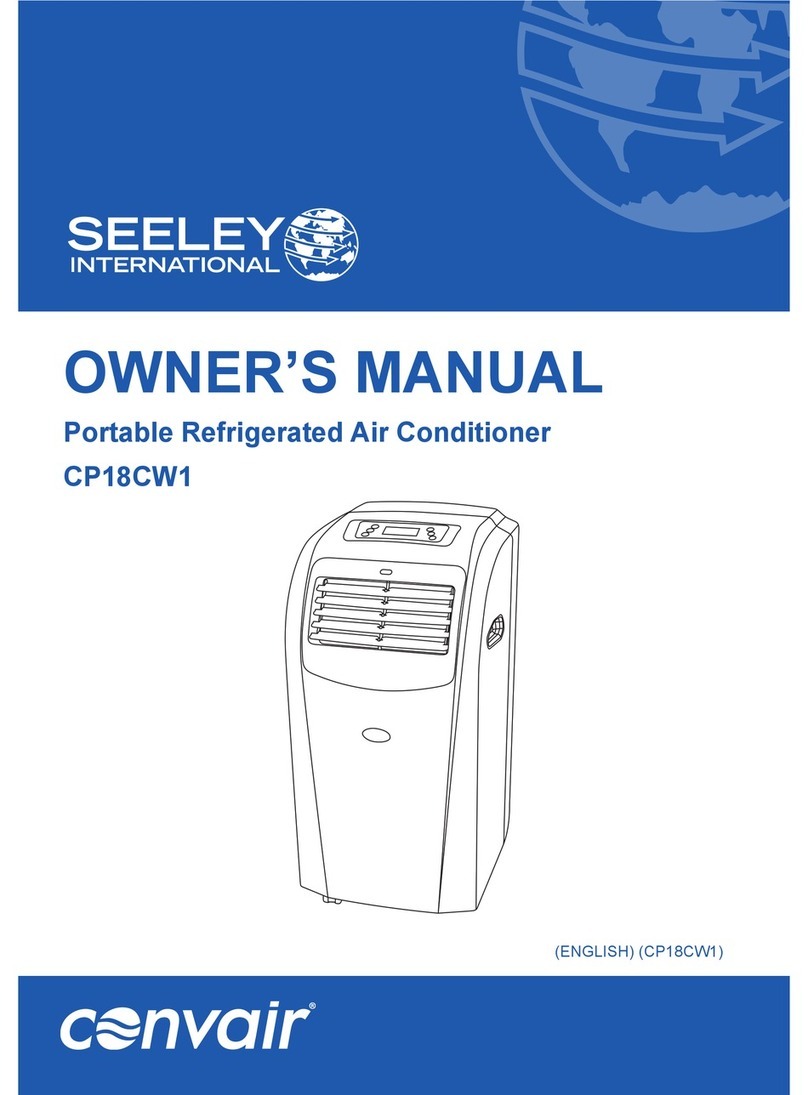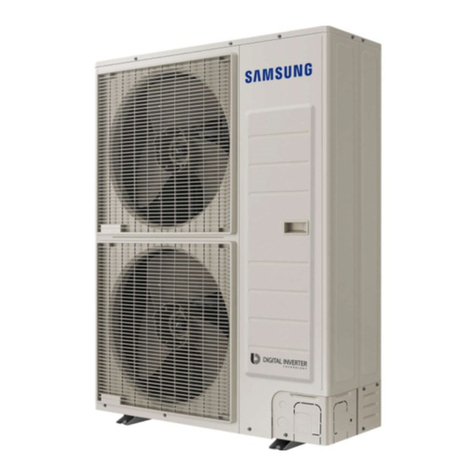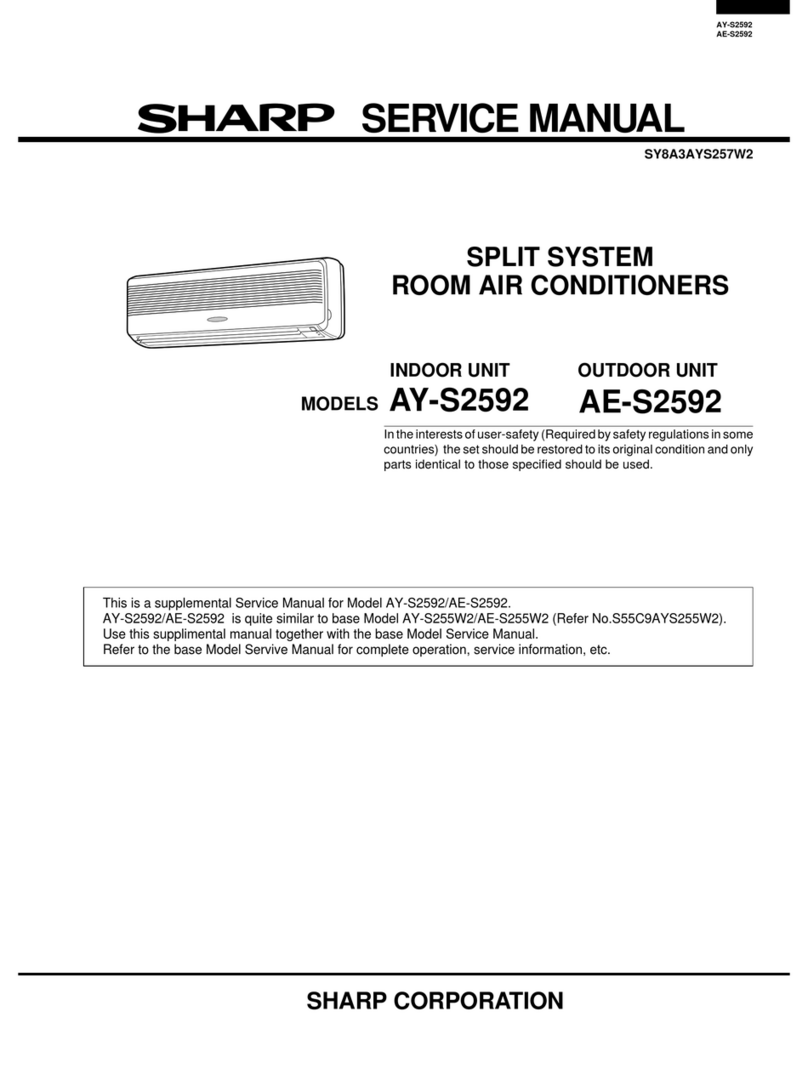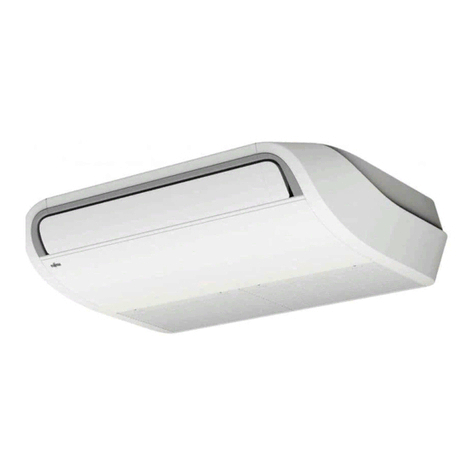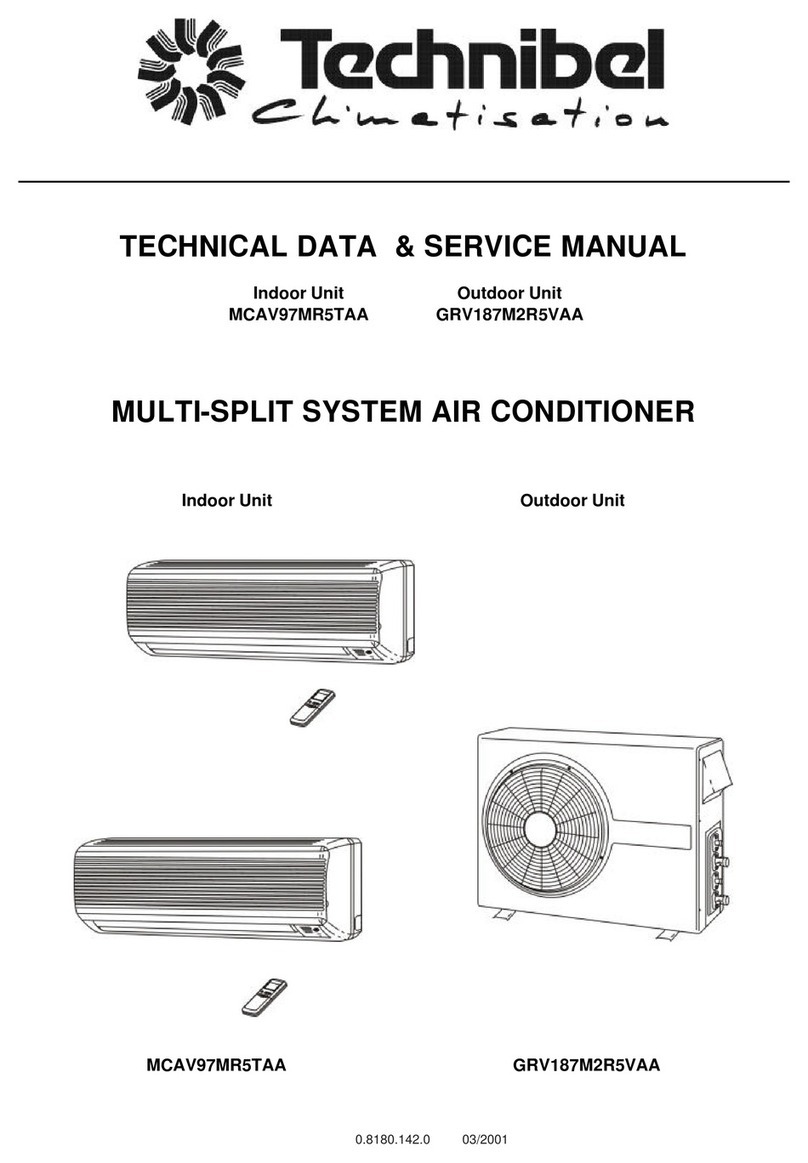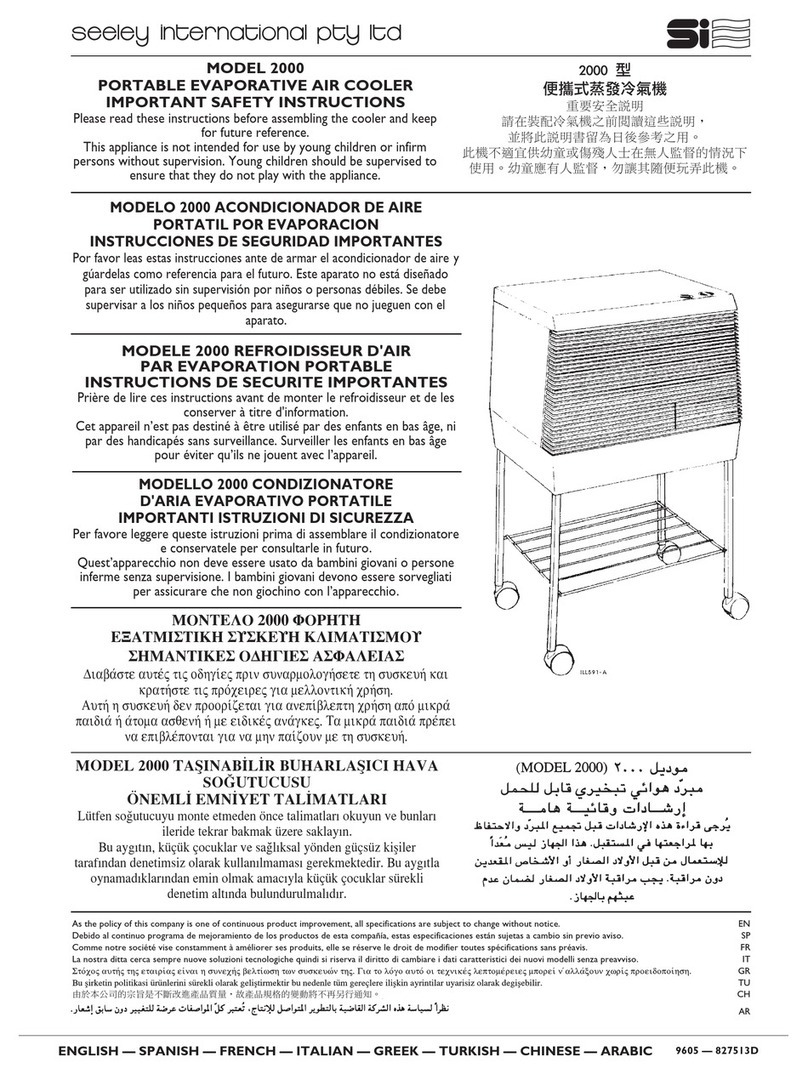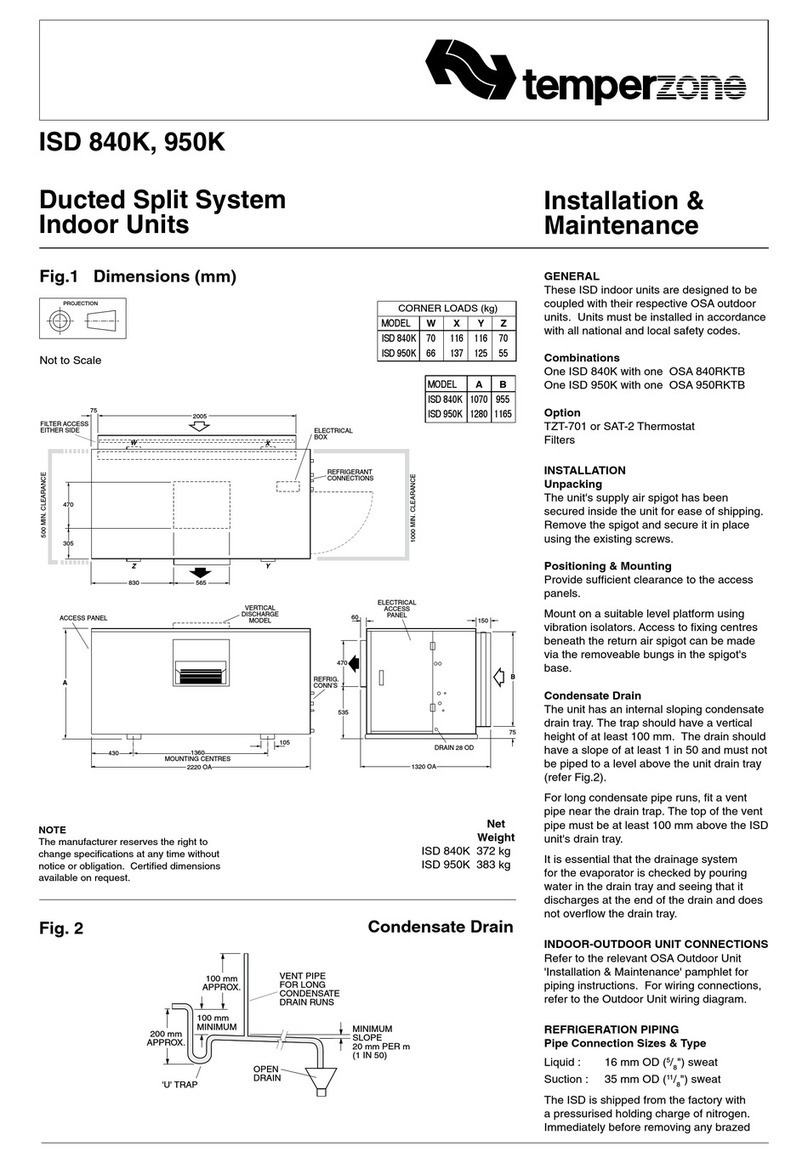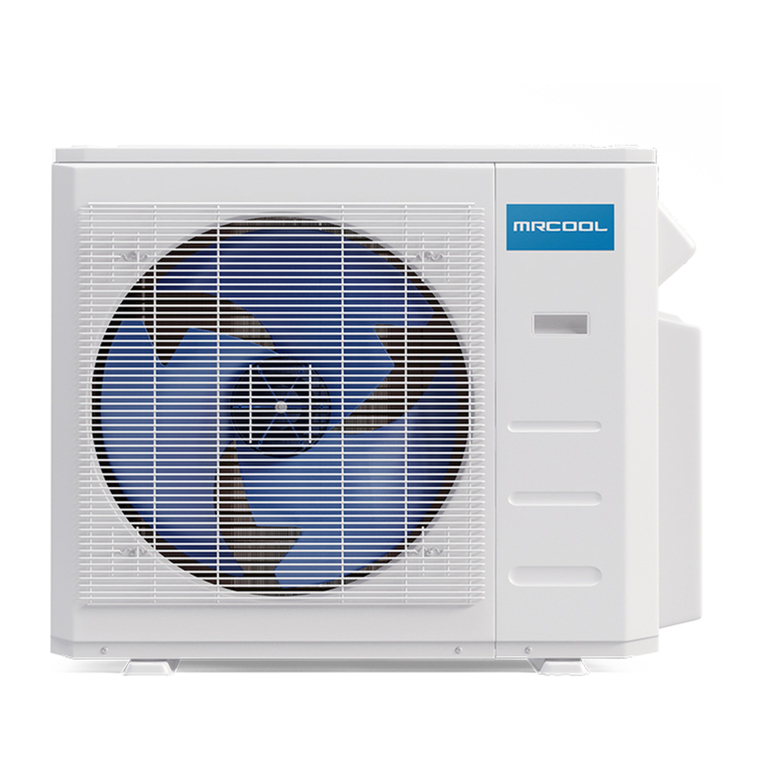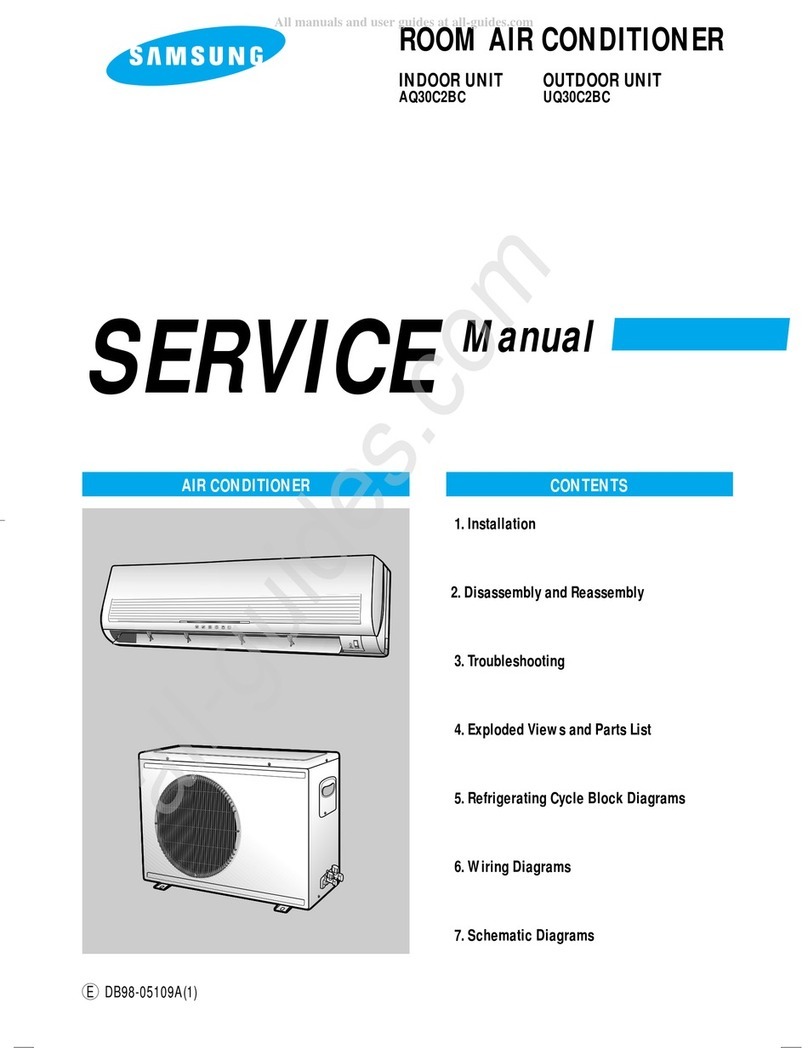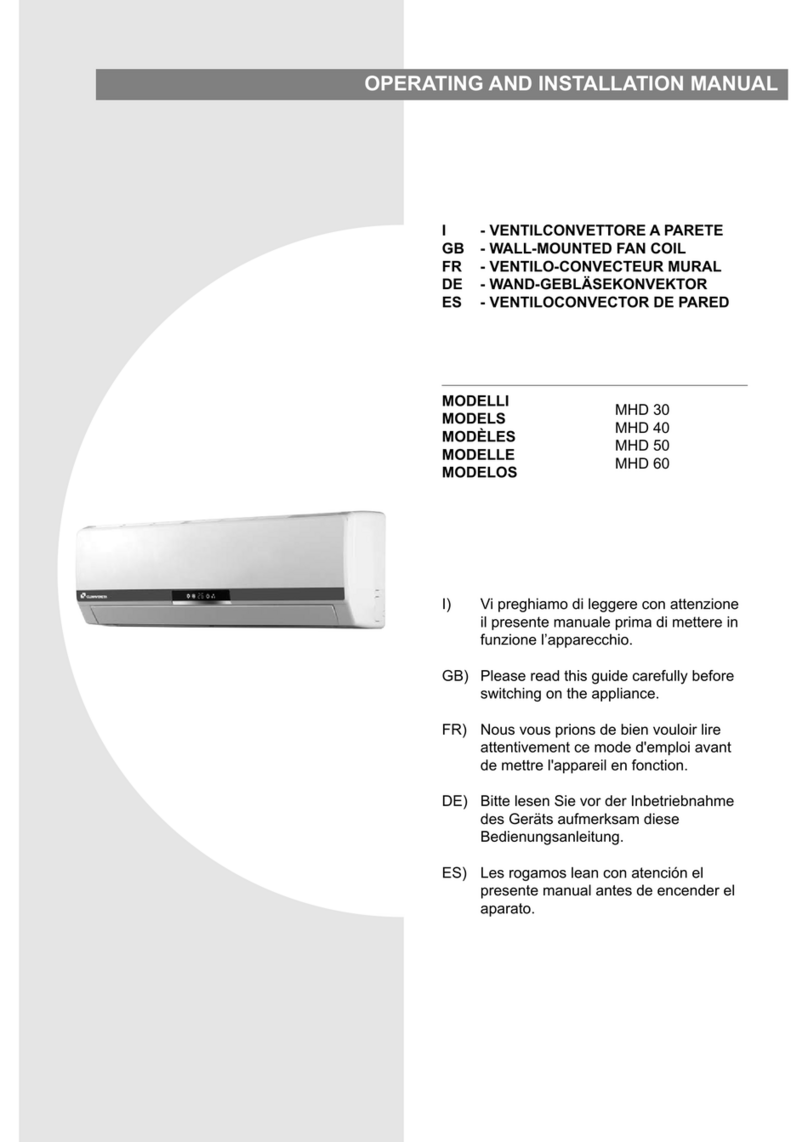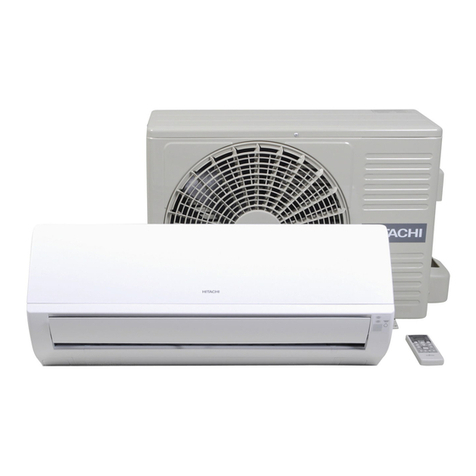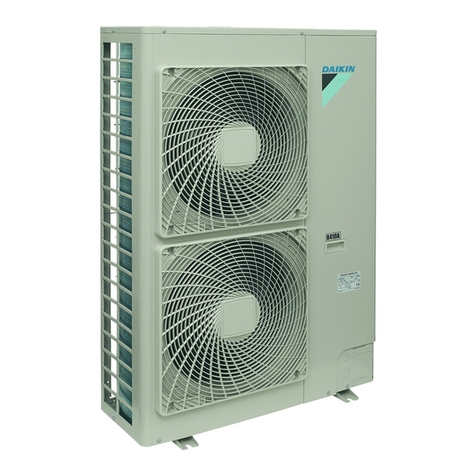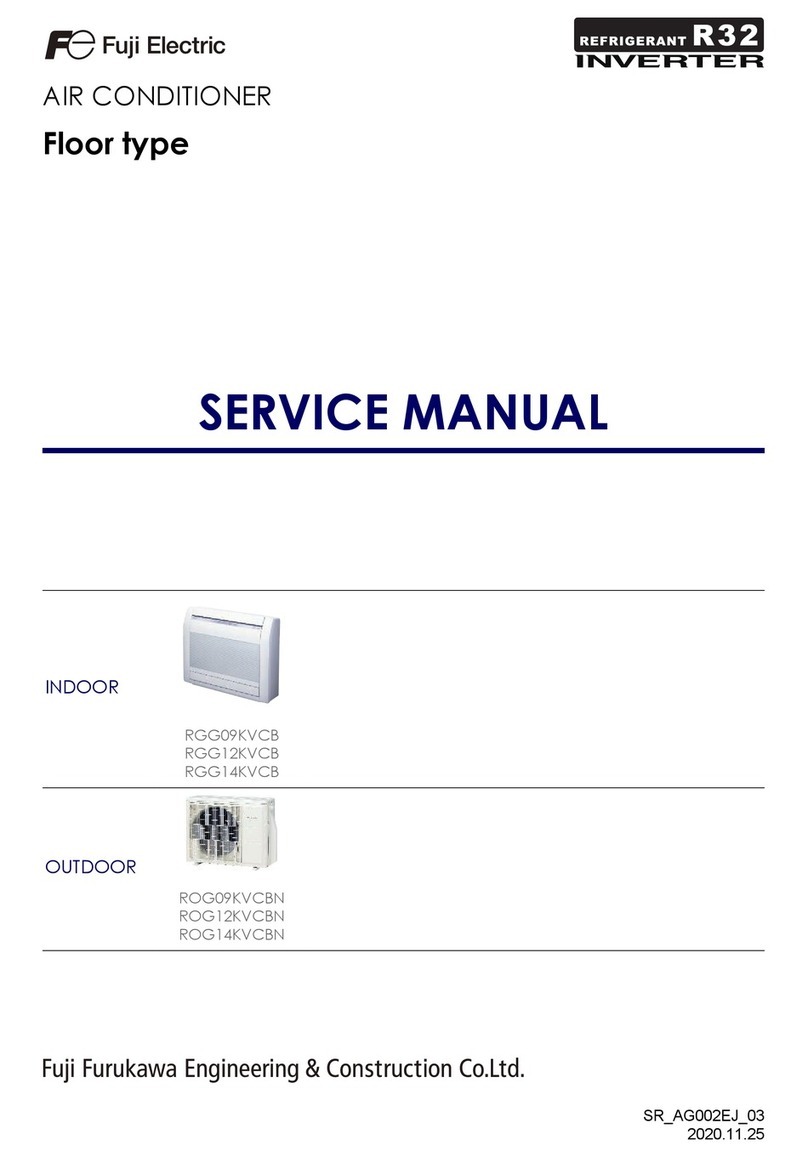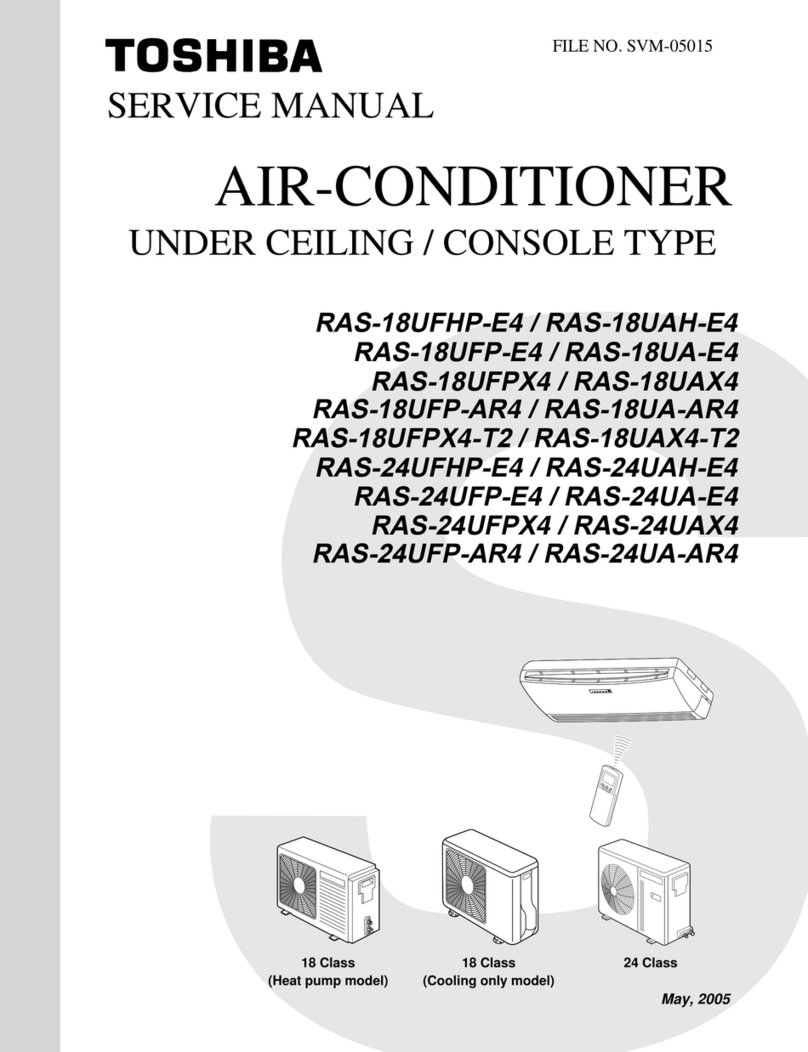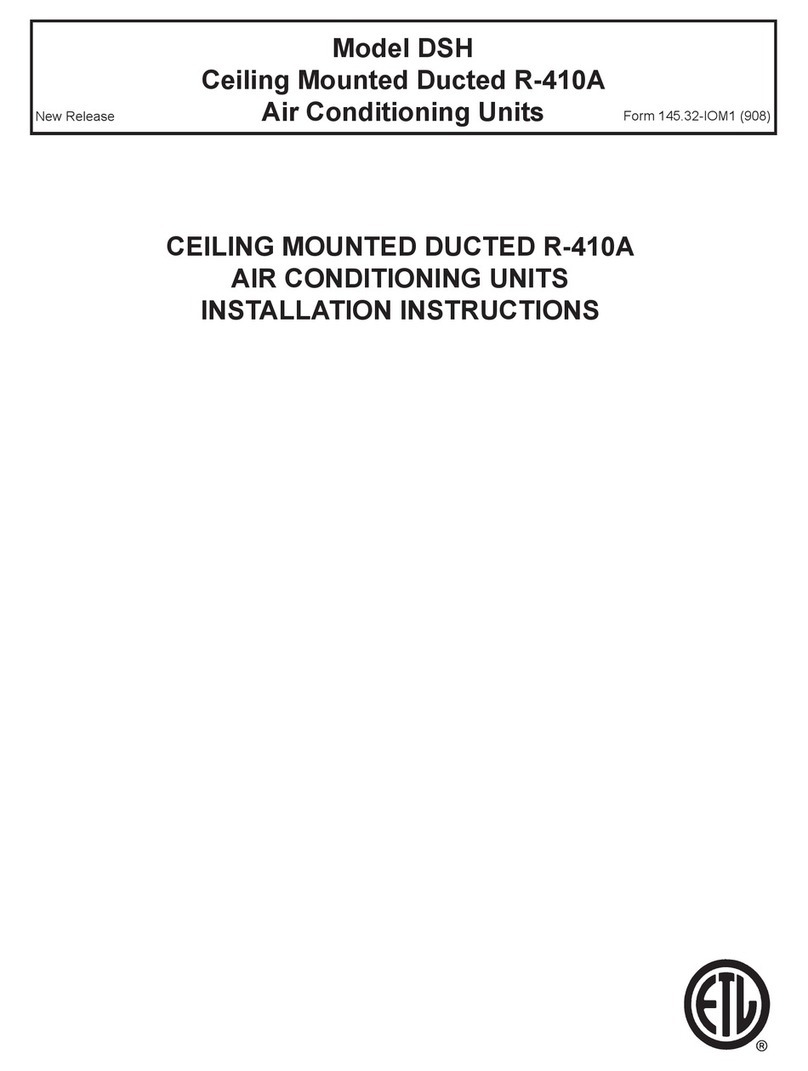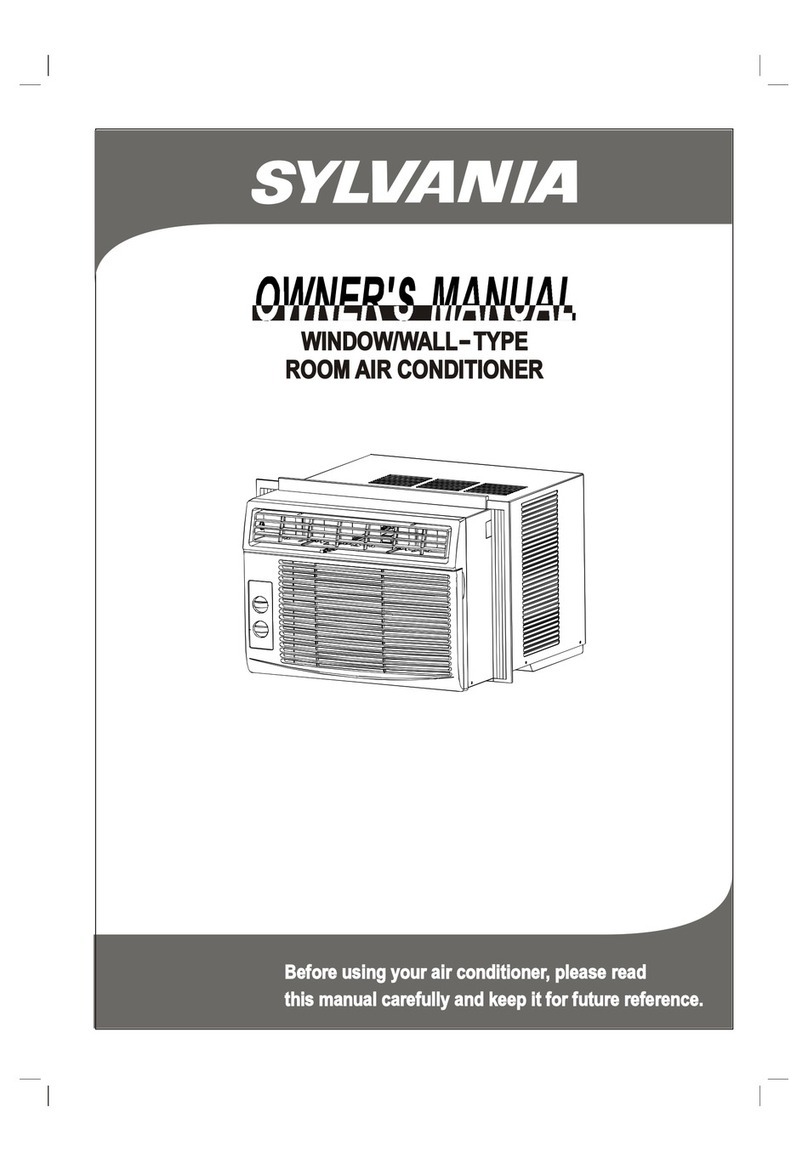
BREEZAIR EXQ/EZQ/EXS EVAPORATIVE COOLERS INSTALLATION MANUAL |3
SAFETY
EMPLOYER AND EMPLOYEE RESPONSIBILITIES
The installation and maintenance of evaporative coolers at
height has the potential to create Occupational Health and
Safety issues for those involved. Installers are advised to
ensure they are familiar with the relevant State and Federal
legislation, such as Acts, Regulations, approved Codes of
Practice and Australian Standards, which offer practical
guidance on these health and safety issues. Compliance
with these regulations will require appropriate work practices,
equipment, training and qualications of workers.
Seeley International provides the following information as a
guide to contractors and employees to assist in minimising risk
whilst working at height.
INSTALLER AND MAINTENANCE CONTRACTORS
– RISK ASSESSMENT
A risk assessment of all hazardous tasks is required under
legislation. A risk assessment is an essential element that
should be conducted before the commencement of work, to
identify and eliminate the risk of falls or to minimise these risks
by implementing control measures. There is no need for this to
be a complicated process, it just is a matter of looking at the job
to be done and considering what action(s) are necessary so the
person doing the job does not injure themselves.
This should be considered in terms of:
• What are the chances of an incident happening?
• What could the possible consequence be?
• What can you do to reduce, or better still, completely
get rid of the risk?
Some points to consider:
• What is the best and safest access to the roof
and working areas?
• If a worker is alone, who knows they are there and if they get
into difculty, how can they summon help? (Call someone on
the ground? Mobile phone? etc.)
• What condition is the roof in? Should the trusses, underside
or surface be checked?
• Does the worker have appropriate foot wear?
(Flat sole jogger type is advisable)
• Are all power cables / extension leads safe
and appropriately rated?
• Are all ladders, tools and equipment suitable
in good condition?
• Where ladders are to be used, is there a rm, stable
base for them to stand on? Can they be tied or secured
in some way at the top? Is the top of the ladder clear of
electricity supply cables?
• Is there a roof anchor to attach a harness and lanyard to?
If so, instruction should be issued for the use of an approved
harness or only suitably trained people used.
• Are all tools and materials being used, prevented from
slipping and falling onto a person at ground level? Is the area
below the work area suitably protected to prevent persons
walking in this area?
• Does the work schedule take into account weather
conditions, allowing for work to be suspended in high winds,
thunder storms/lightning or other types of weather giving wet,
slippery surfaces?
• Is there an on-going safety check system of harnesses,
ropes, ladders and access/lifting equipment and where
they exist on roofs, anchor points before the
commencement of work?
• Is there a system which prevents employees from
working on roofs if they are unwell or under the inuence
of drugs or alcohol?
• Are there any special conditions to consider i.e.
excessive roof pitch, limited ground area, fragile roof,
electrical power lines?
Other Important Requirements
• Never force parts to t because all parts are designed
to t together easily without undue force.
• Never drill holes in the tank of the cooler.
• Check the proposed cooler location, to ensure that it is
structurally capable of supporting the weight of the cooler,
or provide an adequate alternate load bearing structure.





















